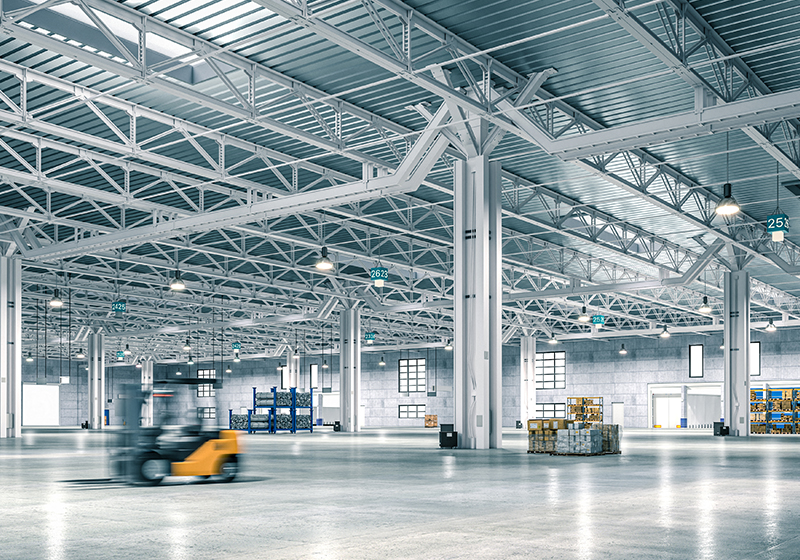Every journey requires the right tools. While simple loads can often be moved by hand, larger or more complex movements demand specialized equipment and supporting infrastructure. This article hopes to highlight considerations for the use of equipment and infrastructure in transportation without distracting readers with industry jargon, specific policies, or quantitative references. This is the third article in an open-ended series highlighting the nuances of moving things from A to B. If you haven’t read the first entry, check it out here for an overview of transportation parameters.
Equipment extends our capabilities, enabling us to handle heavier, larger, or more specialized loads. With the right equipment we can carry loads farther, faster, across rougher terrain. The right choice of equipment depends on:
- Capacity: Consider the size and weight of your load. A forklift may handle a pallet, but a crane is needed for heavier machinery.
- Environment: Terrain plays a role; smooth floors might allow for pallet jacks, whereas rough ground may require equipment with suspension or more torque.
- Special Requirements: Certain loads need unique equipment, like temperature-controlled trailers for perishables or tankers for liquids.
Infrastructure is the silent enabler of transportation. It provides the foundation for moving goods, from roads and bridges to storage and fueling stations. Key considerations include:
- Pathways: Are the routes suitable for your equipment? Low-clearance bridges or narrow roads may require adjustments.
- Hubs: Warehouses and transfer facilities ensure smooth transitions between transportation modes.
- Energy Access: Availability of fuel or charging stations can impact planning, especially for long-haul routes.
These considerations shouldn’t be made in sequence, but in parallel. Equipment itself may have implications on pathways and energy access. Necessary hubs may only allow for certain types of equipment.
Example
Consider an oversized shipment moving internationally. The load may have been stored on a rack too high for a human to pick. The truck picking the product may have needed to change its route to the dock to avoid low-clearance overhead racking. The load might require a flatbed truck with special permits, a crane at the port for loading, and a cargo vessel for the ocean leg.
By matching equipment to your load and identifying useful infrastructure, you create a reliable transportation strategy to keep customers happy and transportation costs low.
St. Onge company’s logistics and transportation experts can make recommendations and inform key transportation decisions that affect your company’s logistics strategy.
—Connor Frey, St. Onge Company





